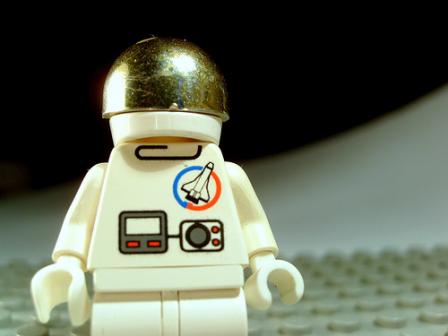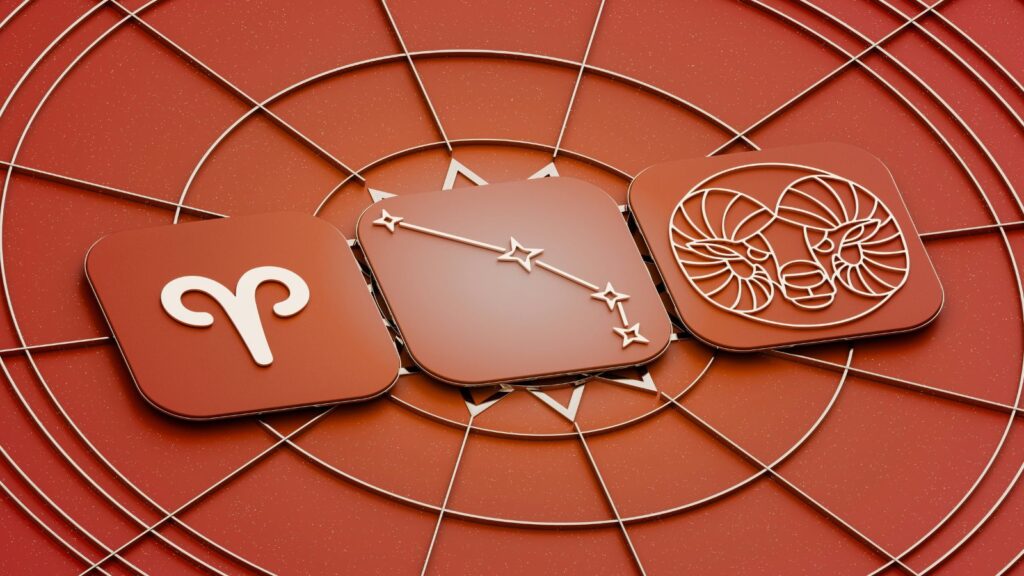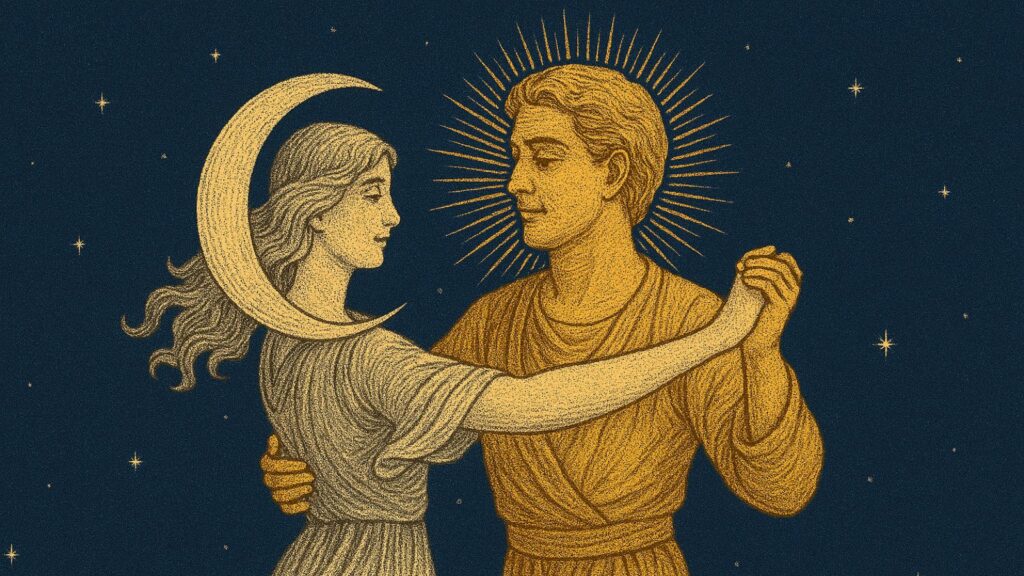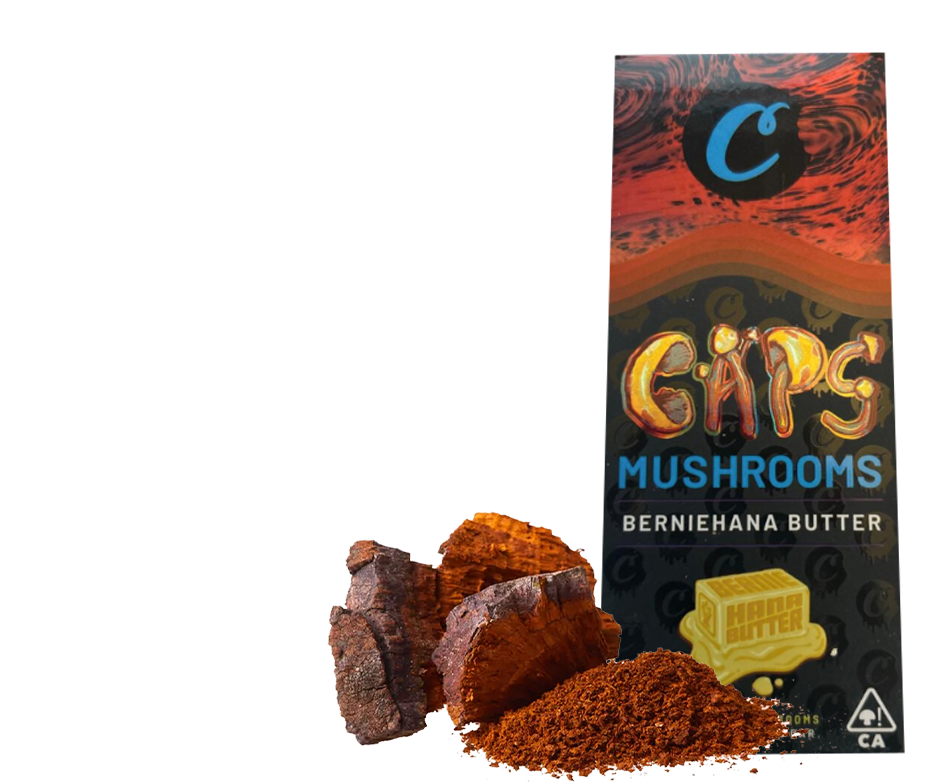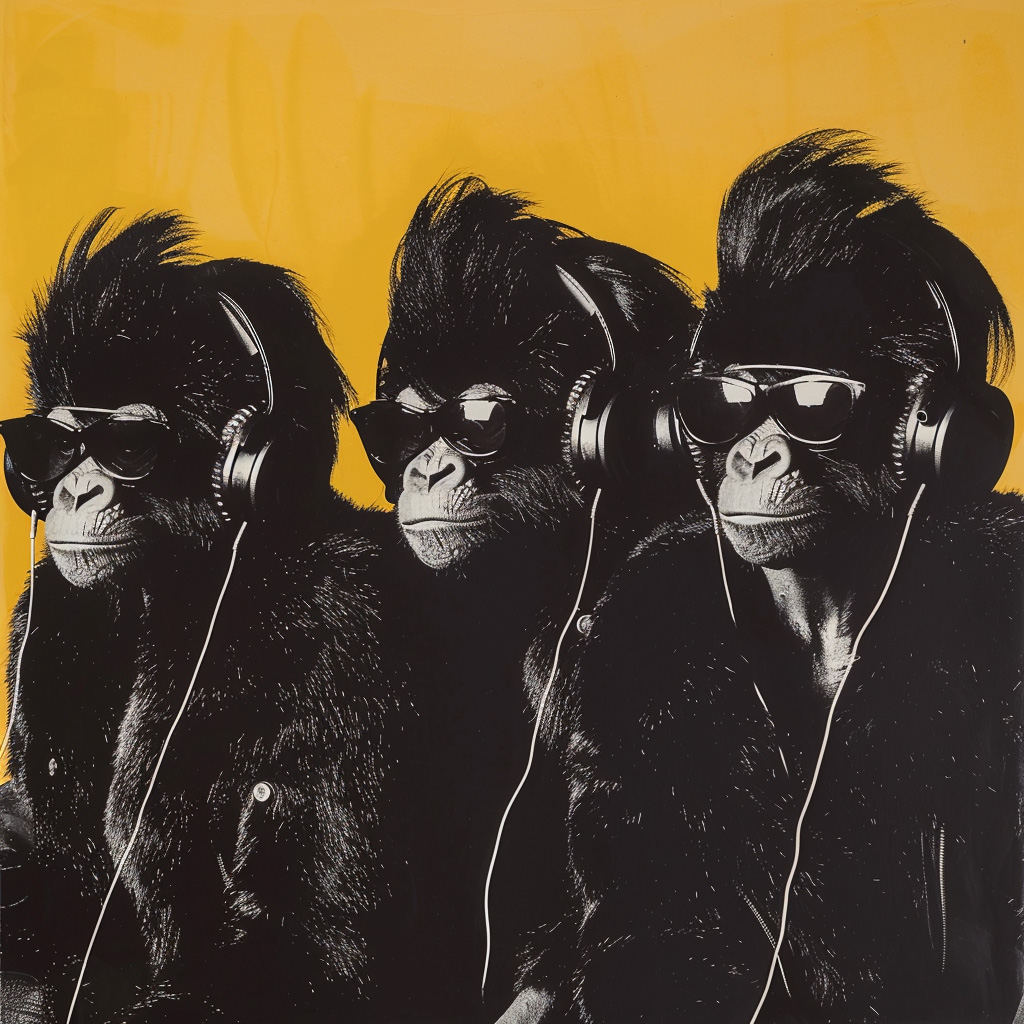“There are great ideas, undiscovered breakthroughs
available, to those who can remove one of truth’s protective layers.”
–Neil Armstrong, “First Man on the Moon”
July 20th, 1994
It has now been forty years since the fabled moon landings
by NASA and the Apollo gang. When it comes to the subject of the moon landings,
people tend to fall into two belief groups. The first group, by far the bigger
of the two groups, accepts the fact that NASA successfully landed on the moon
six times and that 12 human beings have actually walked on the surface of the
moon. The second group, though far smaller, is more vocal about their beliefs.
This group says that we never went to the moon and that the entire thing was
faked.
This essay presents a third position on this issue. This
third point of view falls somewhere between these two assertions. This third
position postulates that humans did go to the moon but what we saw on TV and in
photographs was completely faked.
Furthermore, this third position reveals that the great
filmmaker Stanley Kubrick is the genius who directed the hoaxed landings.
1. Motivations for Faking
But why fake the moon landings at all? What would be the
motivation? Authors Joseph Farrell and Henry Stevens both have shown us
undeniable proof that Nazi scientists had developed advanced flying saucer
technology as early as 1943. These authors also show that the US Government
brought these same Nazi scientists into this country in order to build these
highly advanced flying machines.
Furthermore, they believe that the idea that aliens from
outer space are invading the Earth is a clever cover story concocted by NASA to
hide this technology.
Many sources inside the military industrial complex have
related to me that after John Kennedy was shown the flying saucer technology
early in his Presidency, he realized that the advances in technology promised
by the flying saucers could solve many of the pressing problems of the world.
He saw that releasing this exotic technology would point the way towards cheap
and environmentally friendly energy among other things.
Soon after seeing the flying saucer technology, JFK made his
famous speech asking NASA to land a man on the moon before the decade was out.
Many insiders believed that this was a ploy by JFK to get NASA, and the secret
government, to release their saucer technologies. Since it was obvious to
everyone that standard rocket technology could not get man to the moon and
back, JFK may have thought that NASA would be forced to release the knowledge
of the technology behind the flying saucers in order to fulfill his vision and
get to the moon by the end of the 1960s. JFK’s ploy was therefore intended to
free this advanced technology from the insidious hands of the shadow
government.
After the assassination of Kennedy in 1963, NASA began a new
plan that would solve the problem that JFK initiated. This new plan would allow
NASA, and the shadow government, to keep the saucer technology secret and to
still make it look like standard rocketry had taken man to the moon and back.
Someone high up in the shadow government decided to fake the
entire series of moon landings in order to conceal the United States’ extremely
new and advanced Nazi technology both from us, the citizens, and our enemies.
In some ways NASA’s position on this was understandable. We were in the middle
of the cold war with the Soviet Union. Did we really want to show the Russians
what we had?
2. Who Will Fake It?
In early 1964 Stanley Kubrick had just finished his black
satire Dr. Strangelove and was looking
to do a science fiction film. While directing Dr. Strangelove, Kubrick had asked the US Air Force for permission
to film one of their B-52 bombers for the movie. The Pentagon turned him down.
The movie, Dr. Strangelove, was
about a flight squadron that had been ordered to fly to Russia and drop nuclear
bombs on that country. The Pentagon read Kubrick’s script and rejected his
request to actually film the inside, and outside, of a B-52. The reason for
this rejection was that Kubrick’s film was clearly a satire on the military and
US nuclear policy. The Pentagon did not want to assist Kubrick in this
satirical undertaking.
Undaunted by the rejection, Kubrick used various special
effects to create the B-52 in flight. When viewing Dr. Strangelove today, these special effects look quaint and old
fashioned, but in 1963 they looked very good. It is possible that someone in
NASA saw what Kubrick had done in Dr. Strangelove and, admiring his artfulness, designated Kubrick as
the person best qualified to direct the Apollo Moon landing. If he could do
that well on a limited budget – what could he do on an unlimited budget?
No one knows how the powers-that-be convinced Kubrick to
direct the Apollo landings. Maybe they had compromised Kubrick in some way. The
fact that his brother, Raul Kubrick, was the head of the American Communist
Party may have been one of the avenues pursued by the government to get Stanley
to cooperate. Kubrick also had a reputation for being a notoriously nasty
negotiator. It would have been very interesting to be a fly on the wall during
the negotiations between Kubrick and NASA.
In the end, it looks like Stanley Kubrick faked the moon
landings in return for two things. The first was a virtually unlimited budget
to make his ultimate science fiction film: 2001: A Space Odyssey; and the second was that he would be able to make
any film he wanted, with no oversight from anyone, for the rest of his life.
Except for his last film, Eyes Wide Shut, Kubrick got what he wanted.
3. Parelleling Events
It is uncanny the way that the production of 2001: A
Space Odyssey parallels the Apollo program.
The film production started in 1964 and went on to the release of
2001: A Space Odyssey in1968. Meanwhile the
Apollo program also began in 1964 and culminated with the first moon landings
on July 20th, 1969. Also, it is very interesting to note that
scientist Frederick Ordway was working both for NASA and the Apollo program and
was also Kubrick’s top science advisor for 2001: A Space Odyssey.
Once he negotiated the deal, Stanley, got to work. The most
pressing problem for Kubrick in 1964 was to figure out a way to make the shots
on the ground, on the surface of the moon, look realistic. He had to make the
scenes look wide-open and expansive, like it was really done on the moon and
not in a studio back lot.
4. Hollywood Trickery
No one knows how many things he tried, but eventually
Kubrick settled on doing the entire thing with a cinematic technique called
Front Screen Projection. It is in the use of this cinematic technique that the
fingerprints of Kubrick can be seen all over the NASA Apollo photographic and
video material.
What is Front Screen Projection? Kubrick did not invent the
process but there is no doubt that he perfected it. Front Screen Projection is
a cinematic device that allows scenes to be projected behind the actors so that
it appears, in the camera, as if the actors are moving around on the set
provided by the Front Screen Projection.
The process came into fruition when the 3M company invented
a material called Scotchlite. This was a screen material that was made up of
hundreds of thousands of tiny glass beads each about .4 millimeters wide. These
beads were highly reflective. In the Front Screen Projection process the
Scotchlite screen would be placed at the back of the soundstage. The plane of
the camera lens and the Scotchlite screen had to be exactly 90 degrees apart. A
projector would project the scene onto the Scotchlite screen through a mirror
and the light would go through a beam splitter, which would pass the light into
the camera. An actor would stand in front of the Scotchlite screen, and he
would appear to be “inside” the projection.
Today Hollywood magicians use green screens and computers
for special effects, and so Front Screen Projection has gone the way of the
Adding Machine and the Model T. But for its time, especially in the 1960s,
nothing worked better than Front Screen Projection for the realistic look that
would be needed both for the ape-men scenes in 2001: A Space Odyssey and the faked Apollo landings.
To see how Front Screen Projection looks on the screen,
let’s examine the ape-men scenes at the beginning of Kubrick’s film 2001: A
Space Odyssey. While viewing the stills
from these scenes, or watching them in the film, one has to remember that the
early scenes in 2001 with the
actors in ape costumes were all done on a soundstage. None of what you are
seeing in the ape-men scenes at the beginning of 2001 was actually shot outside. The scenes that surround
the ape-men are actually slides of a desert being projected onto Scotchlite
screens standing at the rear of the set.
In order to create these desert backgrounds Kubrick sent a
photographic team to Spain to shoot 8” X 10” Ektachrome slides. These slides
were then projected via the Front Screen Projection system onto the Scotchlite
screen. The actors in ape costumes stood in front of the screen acting out the
script.
If you watch 2001 on DVD you can actually occasionally see
the “seams” of the screen behind the gyrating apes. Kubrick was doing Front
Screen Projection in such a huge and grand fashion that the technicians were
forced to sew together many screens of Scotchlite so that Kubrick could create
the vastness needed for the ape scenes to be believable.
In this still taken from an early scene in 2001, you can see the seams in the blue sky if you look
closely:
Next is the same image as above, only I have processed it
through a graphic program. In this processing I have increased the gamma and
increased the contrast.
Please examine:
Now we can clearly see the “seams” and the “stitching” of
the Scotchlite Front Projection screen in the sky.
To get the perspective correct, one has to realize that the
Scotchlite screen is right behind the rocky outcropping set, which was built on
the soundstage. The lines on the screen are the flaws in the Scotchlite screen.
These flaws in the screen give the sky give a peculiar “geometry” when the
image is properly processed to reveal the Front Projection Scotchlite Screen.
Let’s show another example. Here is a still from the famous
“water hole” scene from 2001:
This next image is again the same image as above but with
the gamma and contrast increased:
While watching 2001, with the scenes of the ape-men one can
begin to see the telltale fingerprints that always reveal when the Front
Screen Projection system is being used. It should be emphasized that the sets that surround the
ape-men in the movie are real. Those are “real” rocks (whether papier-mâché or
real) that surround the ape-men. But behind the fabricated rocks on the set,
the desert scene is being projected via the Front Screen Projector.
One of the ways that you can tell the Front Screen system is
being used is that the bottom horizon line between the actual set and the
background Scotchlite screen has to be blocked. Kubrick strategically located
rocks and other things near the bottom of the scene in order to hide the
projection screen. In other words, the camera and the viewers would see the
bottom of the background projection screen if it weren’t blocked in some
fashion. As part of the “trick” it became necessary to place things in between
the screen and the set to hide the bottom of the screen.
I have Photoshopped a line differentiating the set and the
background Scotchlite Front Projection Screen. Please note how everything is in
focus, from the pebbles on the ground in the set to the desert mountains
beyond.
You will see that hiding the bottom of the Scotchlite screen
is always taking place when the Front Screen Projection system is used in 2001:
A Space Odyssey. Hiding the screen is one
of the fingerprints; it is evidence of its use. Just like the stage magician
who needs the long sleeves of his costume to hide the mechanism of his tricks,
so too Kubrick needed to hide the mechanism of his trick behind the carefully
placed horizon line between set and screen.
Here is another example from 2001: A Space Odyssey:
And here is the same image with my Photoshop line separating
the set with the ape-man actor and the Scotchlite Front Projection Screen.
And you will see, before this article is finished, that this
same fingerprint, this same evidence, is clearly seen in all of the NASA Apollo
stills and video footage.
It is this fingerprint that reveals, not only that NASA
faked the Apollo missions but also HOW they faked them.
Let’s examine a few NASA Apollo images now.
This is a still from Apollo 17. This is also a great example
of the Front Screen Projection process:
Again, I have Photoshopped a line indicating the back of the
set. One can see that there is a slight uprising behind the rover, which is
hiding the bottom of the screen. Also notice that even though everything is in
focus from the lunar rover to the mountains in the background, there is a
strange change in the landscape of the ground right behind my lines. This is
because the photo of the mountains being used on the Front Projection system
has a slightly different ground texture than the set. As we go on, we will see
that this fingerprint is also consistent throughout the Apollo images.
Here is another Apollo image:
Now here is my version where I show the line between set and
screen:
Again notice that the texture of the ground changes right
behind my lines.
Now let’s go to some more Apollo images. We can see that the
same thing occurs here as in the ape-men scenes in 2001. There is always a line separating the set from the
screen. Even if you do not see it at first, it will become apparent as one
grows more familiar with the Front Screen Projection process and how it is
being used to fake the astronauts standing on the lunar surface. Go to any NASA
site (like this one,
for example) and start looking for yourself.
Not all lunar surface shots are using the process. Sometimes
the astronauts are just standing on the set with a completely (and suspicious)
black background. The early missions used the Front Screen Projection system
only when they had to. But as the missions went on, and they had to look
better, Kubrick began to perfect the process.
Although you can see the Front Screen Projection process on
every mission, the seriously revealing images are in the later missions,
particularly Apollo 14, 15, 16 and (my favorite) 17.
Here are a few from Apollo 17:
That astronaut is driving the lunar rover parallel to the
screen and the rover is only three or four feet away from the Scotchlite.
Please note how the tire treads just lead to nowhere. Actually, they are going
to the edge of the set.
The astronaut is about six feet in front of the Scotchlite
screen. Please note how everything is in focus from the rocks and pebbles close
to the camera all the way to the crystal clear mountain behind the astronaut.
As we shall see very soon, even that is impossible.
Also please note the other telltale evidence that permeates
the Apollo images: There is a stark difference in the ground texture between
the set and what is being projected onto the screen. You can almost count the
number of small rocks and the granularity of the ground is clearly seen on the
set. But once we get to the screen on the other side of my line this
granularity disappears.
This next image is a slick little piece of work. When first
viewed one is sure that they are looking across the vast unbroken lunar surface
from beginning to end. With the Earth rising, it is truly a stunning shot.
But sure enough – a close examination reveals the set/screen
line once again. Again, please note the change in the texture of the ground
immediately on each side of the line. The little pebbles and dust seem to
disappear behind the line.
Doesn’t the fakery just make you all patriotic inside?
5. Depth of Field: More Evidence
Besides the evidence of the horizon line between set and
screen and the changing granularity of the texture of the ground, there is
another telltale fingerprint that comes with Front Screen Projection. This has
to do with a photographic situation called depth of field. Depth of field has
to do with the plane of focus that the lens of the camera is tuned to.
The main rule of thumb in photography is that the larger the
format of the film, the less depth of field. For instance, 16mm film has a
large depth of field. 35mm has a smaller depth of field, and 70 mm (which
Stanley was using in 2001 as were all of
the astronaut-photographers in the Apollo missions) has an incredibly small
depth of field.
What this means is that it is virtually impossible for two
objects that are far apart in the lens of a 70mm camera to be in the same plane
of focus. One of the two objects will always be out-of-focus. Filmmakers like
to use depth of field because it creates soft out-of-focus backgrounds that are
visually very pleasant to the human eye.
While watching the ape-men scenes at the beginning of 2001, one can see that everything is in focus. Whether it
is the apes, or the far away desert background, they are all in
focus. This is because the Front Projection Screen on which the background
desert scenes are projected is actually not far away from the ape actor. In
reality the Scotchlite screen containing the desert scene is right behind the
actors just as the Scotchlite screen is right behind the astronauts in the
Apollo images. So whatever is projected onto that screen will usually be in the
same plane of focus as the actor-ape or the actor-astronaut.
This depth of field is impossible in real life using a large
format film like 70 mm. Keeping everything in focus is only possible if
everything is actually confined to a small place. It may look like the ape-men
are somewhere in a huge desert landscape but in reality they are all on a small
set in a studio.
It may look like the astronauts are on a vast lunar
landscape, but actually they are on a small confined set.
According to the NASA literature, the Apollo astronauts were
using large format Hassleblad cameras. These cameras were provided with large
rolls of 70 mm film on which they took the images. This large format film is
exactly the same size film that Kubrick was using when shooting 2001.
The plane of focus, the depth of field, on these cameras is
incredibly small. This should have been a huge problem for the astronaut-photographers,
who would have to be constantly adjusting the focus. We therefore should expect
to see a lot of out of focus shots taken by the astronauts. When you consider
the fact that, because of their helmets, they did not even have the ability to
see through the viewfinder of their cameras, this would have only increased the
chances that most of what they would be shooting would be out of focus.
I have gone through the entire photographic record of Apollo
program, both at Goddard in Greenbelt, Maryland and in the main photographic
repository at NASA’s Houston headquarters. When the Apollo photographic record
is examined, the exact opposite of what one would expect to find is discovered.
Instead of many out-of-focus shots, we find that nearly every shot is in
pristine focus. And these amateur photographer-astronauts have an uncanny sense
of composition, especially when one remembers that they are not even able to
look through their camera’s viewfinders. Their images have the unmistakable
quality of a highly polished professional photographer.
Before embarking on his film career Stanley Kubrick was a
professional photographer working for Look Magazine. Honestly, even a
professional photographer looking through the viewer of the camera would be
hard pressed to come up with the pristine imagery and crystal clear focus of
the Apollo astronaut amateur photographers. Unfortunately though, for everyone
involved, the fact that everything is in focus in the Apollo record is the old
telltale fingerprint of Front Screen Projection.
Examine the above photographs from Apollo. Please note how
everything is in focus. As one goes through the entire Apollo record they will
discover that the astronaut photographers never seem to have a problem with
depth of field. Even though you could never get everything to remain in focus
over such vast distances here on Earth, somehow the rules of physics are
bypassed when men shoot photographs on the lunar surface.
Indeed the very physics of lens dynamics and depth of field
apparently disappears when the astronauts shoot photographs. (Just for the
record, the cameras were not altered at all by Hasselblad or anyone else). As a
professional photographer and a filmmaker, I have wrestled with depth of field
problems for over 40 years. I am surprised that no other photographer has
noticed the lack of any such problems encountered by the
astronaut-photographers. In reality, the lack of depth of field problems is a
nail in the coffin of the Apollo program.
6. Glass Cities or Front Screen Projection?
Former NASA consultant Richard Hoagland has examined many of
the photos of the Apollo landings and, although he has never noticed the
impossible depth of field, he has found other strange anomalies in the NASA
material.
Examining the photographic record of the Apollo missions,
and processing Apollo images through various graphics programs, Hoagland has
discovered “geometries” in the skies surrounding the astronauts on the moon. He
postulates that these geometries are evidence of some kind of gigantic
glass-like structures behind, above, and surrounding the astronauts as they
stand on the lunar surface. Hoagland even shows us that there are rainbow
lights reflecting in the sky high above the astronauts.
Many people, especially in NASA, have attacked Hoagland for
these interpretations. Yet no matter how much they attack Hoagland, they can
never explain what it is that he is finding on these Apollo images. In the same
way that evidence in the JFK assassination and the high weirdness around 9-11
is never examined and explained by the anti-conspiracy theorists, so too is
Hoagland’s evidence just simply ignored by his critics. Instead they have
created an ad hominum attack machine that criticizes Hoagland, the man, while
deftly ignoring his intriguing evidence.
His critics are either wrong, or they know what is really
happening.
I have known Richard Hoagland for a long time. I was with
him during his initial discoveries of artifacts on the lunar surface. I have
seen photographic evidence that there are very strange things on the surface of
the moon. I am not here to start an argument with Mr. Hoagland or anyone else.
I, like Hoagland, believe that NASA has actually gone to the
moon. I believe that moon rocks were taken from the surface of the moon. I
believe that there is strong evidence of some kind of past intelligent activity
on surface of the moon. But I do not believe that standard rocket technology is
what got mankind from the Earth to the surface of the Moon.
I am not trying to debunk Hoagland’s discoveries. All I am
trying to do, with the following evidence, is show that the Apollo landings
were a hoax. And that Stanley Kubrick, using the Front Screen Projection
system, directed them.
Again, I want to make sure that I am understood here. I am
not saying that there are not strange structures on the moon. What I am saying
is that the structures and geometries that Richard Hoagland is seeing in the
photographs taken on the lunar surface are not what he thinks they are.
Here are a few of Hoagland’s images. He believes that these
images are proof that NASA is hiding evidence of alien cities.
This is a processed photograph of astronaut Ed Mitchell on
the surface of the moon taken during the Apollo 14 mission. Of course all of
the stuff in the sky, as seen in this processed Apollo image from Hoagland, is
impossible if it was taken on the lunar surface. There is no atmosphere on the
moon. Therefore there can be nothing in the sky. Yet when Hoagland processed
much of the Apollo lunar surface imagery he discovered, over and over again,
all of this ‘crud’ in the sky above the astronauts.
No one in NASA even attempts to answer Hoagland, or anyone
else, about the strange stuff that he, and others, is finding in the skies
above the astronauts.
Richard Hoagland theorizes that this is photographic
evidence of huge, abandoned “glass cities” on the surface of the moon. He says
that what we are seeing in the above processed image are huge glass towers that
only show up on the images after they have been processed through graphics
software.
Here are some more of Hoagland’s images:
Hoagland has taken the image on the left and processed it in
a manner very similar to how I processed the above images from 2001: A Space
Odyssey. By increasing the gamma and the
contrast of the image, he arrived at the picture on the right. Hoagland
interprets the image on the right as proof of giant glass structures behind the
astronaut and, for that matter, all over the surface of the moon.
What Hoagland is really seeing, though, is the imperfections
in the background Scotchlite screen that Kubrick used to create the lunar
backgrounds. These imperfections can also be found in the desert backgrounds in
the ape scenes in 2001: A Space Odyssey
(see above). What Hoagland, and the above image reveals, is the texture and
geometry of the Scotchlite screen.
Because of the vastness of the set, because he needed it to
look like it was NOT DONE ON A SOUNDSTAGE, Kubrick had to sew several
Scotchlite screens together. It was only when he had created a large enough
Scotchlite screen was he then was able to get a large enough background image
that would look expansive enough to appear to be the surface of the moon or a
desert four million years ago.
The process that created the desert backgrounds in 2001 is the same process that created the lunar mountains
backgrounds for the Apollo missions.
This is another picture from Hoagland’s research:
The processed image reveals a rainbow-like reflecting light
high above the astronauts in the sky on the moon. Hoagland theorizes that this
is a light reflecting off of one of the giant glass towers standing right
behind the astronaut.
What this actually is, is a light reflecting off of one of
the tiny glass beads of the Scotchlite screen. For some reason that particular
glass bead was slightly off from its 90-degree angle, and so it caught the
projector light and reflected it back to the camera.
Again, a scene from 2001: A Space Odyssey (processed):
And one of Hoagland’s processed Apollo shots:
It is pretty clear from the two images above that Hoagland’s
“geometries” are really the patterns and flaws and stitches in the Scotchlite
screen.
Maybe this is why NASA suddenly lost all of its lunar
images. Maybe this is why NASA just admitted that they “accidentally” taped
over the original high-resolution tape of Apollo 11. Maybe this is why Neil
Armstrong, “the first man to walk on the moon,” doesn’t want to participate in
the 40th anniversary parties.
Maybe this is why we have never gone back to the moon.
7. Inconsistent Shadows
Many researchers have pointed out the different angles of
light on the surface of the moon. Because there is only one light source (the
sun) how can there be multiple light angles on the moon such as this?:
How can the astronauts’ two shadows not be consistent with
each other? If they were actually standing in the bright light of the sun,
their two shadows should be at the same exact angle. Yet they are not. Why?
Because Kubrick used studio lighting!
But why would Kubrick make a mistake like the inconsistent
shadows in the above image? A great filmmaker like Kubrick must have realized
that this was a huge mistake.
My answer is that Kubrick did this on purpose.
He left behind telltale evidence for his work. And he did
this on purpose. Not just in the above shot, but actually all over the Apollo
photographic record. In my forthcoming documentary on the NASA Apollo fakery
titled Kubrick’s Odyssey, I will reveal
much more photographic evidence than I possibly can in this short essay.
One thing that I am sure of is that some part of Stanley
Kubrick wanted everyone to know what he had done. And that is why he left
behind clues that would explain who did it, and how.
8. Last Notes
Those of you who are familiar with my essay, written in
1999, on 2001: A Space Odyssey called “Alchemical Kubrick” already
know that I believe that 2001 is
the greatest esoteric film of all time.
For the first time anywhere, in that essay I show how
Kubrick designed the black monolith to be exactly the same size as the screen
on which 2001 was projected. The
monolith and the screen are the same thing. The monolith is the screen and the
screen is the monolith. It is truly one of the greatest discoveries in cinema
history.
When one realizes that Kubrick also used the Front Screen
Projection system – not only for the ape scenes in 2001, but also the
fake the moon landings – we can see a double, or even possibly a triple
meaning, inside the idea that the screen is the monolith and the monolith is
the screen.
If the monolith is that device that enlightens humanity,
then the Front Screen Projection system, and its unmistakable fingerprints, is
the device that enlightens humanity as to how the Apollo landings were faked.
But also we can see that Kubrick used the faking of the
Apollo moon missions as an opportunity to make one great film. Because he had
negotiated a deal where no one would be given oversight on the film, Kubrick
was allowed to make whatever movie he desired. Knowing that no one would object
to his anti-Hollywood methods, he created the first abstract feature film, the
first intellectual movie and the greatest esoteric work of art in the 20th
century.
The president of MGM at the time in 1968 publicly stated
that he never even saw a rough cut of 2001: A Space Odyssey during the entire four years of production. Does
that sound like the manner in which a head of a major studio would act? 2001:
A Space Odyssey was one of the most
expensive films ever made at that time. Does it even seem remotely possible
that no one at MGM even cared to see the continuous progress of the film?
No way.
I am sure that 2001: A Space Odyssey is the only film in MGM history where the executives
who funded the movie never scrutinized the film.
Why weren’t they more interested in this very expensive
endeavor?
Because MGM did not fund 2001, the US Government did.
Outside of the Front Screen Projection evidence, which I believe
nails the fraud of the Apollo landings, there is other circumstantial evidence
that forces the conclusion even more in the direction of Kubrick directing the
entirety of the Apollo missions.
For instance:
In the original release of 2001 there were many credits thanking NASA and many of
the aerospace companies that worked with NASA on the moon landings. These
credits have since been removed from all subsequent releases of 2001. But for those of us old enough to remember, in the
original credits Kubrick thanks a vast array of military and space corporations
for their help in the production.
As these are the same corporations that supposedly helped
NASA get the astronauts to the moon – one has to wonder – what kind
of help did they gave Stanley? And for what price?
In the film Wag the Dog,
Dustin Hoffman plays a movie producer hired by the CIA to “fake an event.” His
name in the movie is Stanley. In that movie “Stanley” mysteriously dies after
telling everyone that he wants to take credit for the “event” that he helped
fake.
Stanley Kubrick died soon after showing Eyes Wide Shut to the executives at Warner Brothers. It is rumored
that they were very upset concerning that film. They wanted Kubrick to re-edit
the film but he refused. I personally was in France when Stanley died and I
saw, on French television, outtakes from the forthcoming Eyes Wide Shut. I saw
outtakes from several scenes that were never in the finished film.
Warner Brothers has even come out and admitted that they
re-edited the film. To this day they refuse to release a DVD of Stanley
Kubrick’s cut. Not only is this a direct violation of the agreement that
Kubrick had with Warner Brothers, but it also means that we will probably never
see the un-edited version of this film.
One has to wonder what was cut out?
And finally:
Eyes Wide Shut was
released on July 16th, 1999.
Stanley Kubrick insisted in his contract that this be the
date of the release.
July 16th, 1999 is exactly 30 years to the day that Apollo
11 was launched.
Happy Fortieth Anniversary, Stanley. Now you can rest in
peace.
Image by DaveNeukrich, used courtesy of Creative Commons license.
